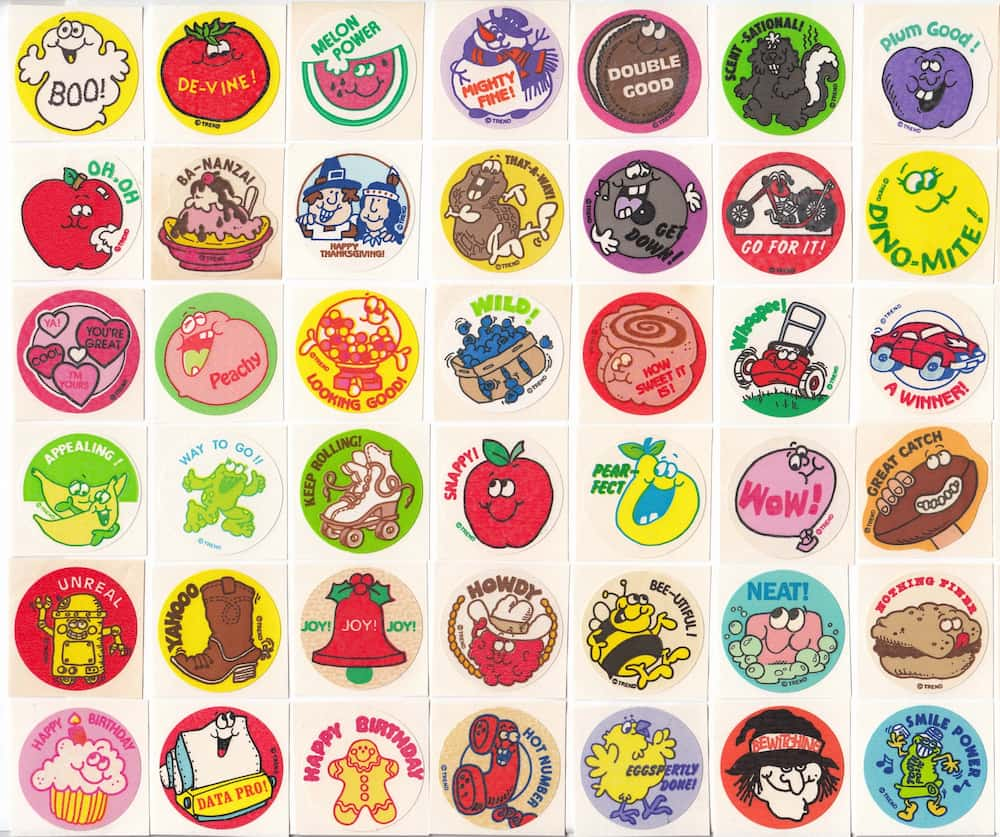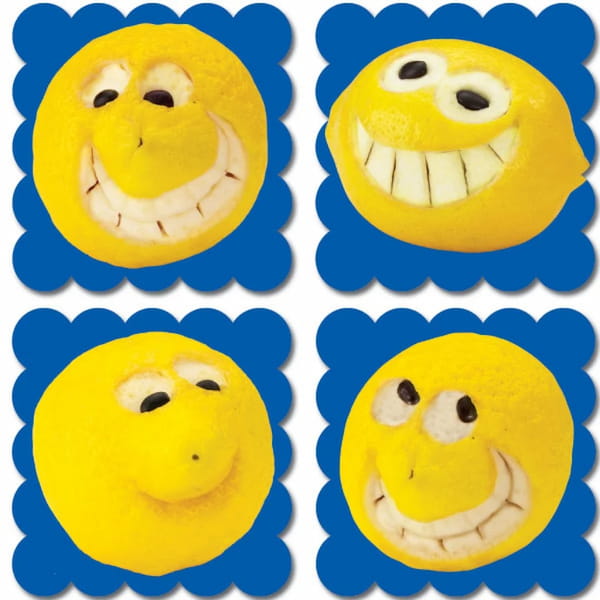
Who Invent Scratch And Sniff Stickers? All You Want To Know?
First, who invent scratch and sniff stickers?
Gale W. Matson invented scratch and sniff stickers while he was working for 3M unintentionally. He was attempting to use microencapsulation to develop a new technique for producing carbonless copy paper.
On November 18, 1969, a technology to infuse microcapsules and paper was submitted to the US Patent Office, and on June 23, 1970, the patent was granted. The first patent for a translucent fragrance-releasing version of microcapsules wasn’t granted to the 3M corporation until January 15, 1985, despite the fact that Matson invented the technology in the 1960s and it went on to become successful in the 1970s.
For more information, continue reading.
Table of Contents
Who Invent Scratch And Sniff Stickers?
Scientists employed by the 3M Company, formerly known as the Minnesota Mining and Manufacturing Company, created the scented stickers.
Carbonless paper was a goal for organic chemist Gale Matson and others in the early 1960s.
During that time, Matson “patented a micro-encapsulation process that could be used to make ink copies without carbon paper,” according to the encyclopedia.
Raw Materials
Scratch-and-sniff or perfumed strips’ basic components are water, oil, scent, and either gelatin or a water-soluble polymer, typically polyoxymethylene urea. To trigger the reaction, a specific chemical catalyst is employed. The material must be attached to the paper during printing using a water-soluble adhesive.
Quality Control
To find out how strong and resilient the micro-capsules are under stressful circumstances, numerous laboratory tests are performed on them. They can either be frozen or steam-treated before being magnified for examination. A customer’s finished printing is also examined to ensure that the scent released is the appropriate scent and strength. In the case of perfumed strips, the printers can adjust the width of the strip and the adhesion of the strip by adding or removing adhesive to the base coat if the scent is too weak or strong.

The Future
Because of improved printing capabilities, perfume strips have seen the most growth in micro-encapsulating technology. For precise printing of perfume strips, fast, large-format computer-controlled printers with specialized extruder heads are required. In the 1990s, perfume strips underwent a number of innovations, including pressure-sensitive labels and strips that open to reveal tiny pearls of skin-applyable perfume powder. In order to create products that are commercially viable, future advancements appear to depend on the coordination of perfumers, printing technology, and micro-encapsulation technology.
What Are Scratch And Sniff Stickers?
When you scratch a Scratch and Sniff sticker, the scent is released from the paper’s fragrant covering.
In the late 1970s and into the middle of the 1980s, they experienced significant popularity.
The Creative Teaching Press created many of the earlier stickers with the intention of selling them to teachers as student rewards.
Conclusion
Children’s books frequently feature scratch and sniff activities where readers can, for instance, scratch and smell a picture of a cookie to experience the aroma of freshly baked cookies. The smell of a new car or rubber tire, lumber, a burnt match, flowers, the scent of a specific detergent or medication, mushrooms, ham, ketchup, butter, mildew, or any number of other scents may be captured using this technique, which is also widely used in advertising. The majority of perfume advertising uses micro-encapsulated scent.
Instead of an open patch of scratch and sniff, a strip of paper with micro-encapsulated perfume oil is typically used, and it is tacked shut at the edge of the advertisement. The scent is released when the consumer tores open the strip, which caused the capsules to split in half.
I’m grateful you read.


